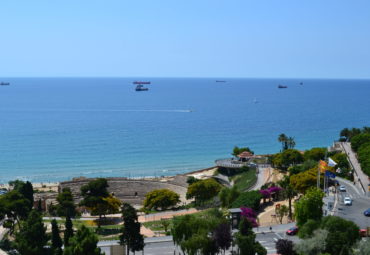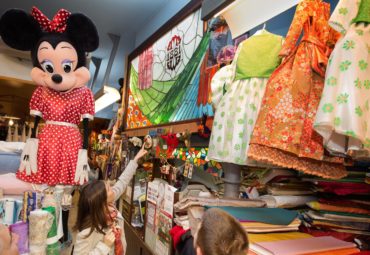Vallbona de les Monges Monastery
- Route of the cister
- 1,5 hours
- 0 Review
- Unlimited
- Unlimited
- Product tasting
- Tickets included
Vallbona de les Monges Monastery
The Monastery of Vallbona de les Monges is located in the Urgell region, in the province of Lleida. Of the three Cistercian monasteries that we can see in Catalonia, this one houses a female community.
Its origins also date back to the 12th century, the period of the Reconquest of New Catalonia, a crucial time for repopulating these lands, donating population charters and attracting new Christian settlers. Likewise, the foundation of monasteries was also key to the expansion of Christianity and the dominion of the Crown of Catalonia and Aragon.
As time went by, the monastery grew, and its architecture still reflects the prosperity it experienced at the end of the Middle Ages. An example of this is the magnificent Gothic bell tower of the church, the most daring work of Catalan Gothic, according to the architect Josep Puig i Cadafalch, as it is supported only by the two side walls of the church itself. Or the octagonal dome of the transept, which architecturally represents a great solution due to its intelligent distribution of forces on pendentives and octagonal plan.
One of the most delicate moments that the monastery suffered was in the 17th century, because after the Council of Trent, women’s monasteries were forbidden, because according to the ultra-Catholic mentality of the Counter-Reformation, the fact that those monasteries were placed in isolated areas, they could become focal points for witchcraft practices. To solve this great threat, the nuns of Vallbona decided to form a village around the monastery, the origin of the town of Vallbona de les Monges, so that they would no longer be isolated.
In the 19th century, the disentailment of Mendizábal caused the nuns to abandon the monastery, although it was only for 6 months. Fortunately, unlike the monasteries of Poblet or Santes Creus, it was not badly damaged. Today it continues to house a community without any interruption since its foundation, except for those 6 months and the period of the civil war. The monastery is currently inhabited by 9 nuns.
WHAT TO SEE IN THE MONASTERY OF VALLBONA
The visit to the monastery of Vallbona de les Monges begins with a surprising immersive audiovisual show located in the old rooms of the building itself. Projections, scenographies and a model combine to offer an interesting visual and didactic experience. The audiovisual will allow us to immerse ourselves in the history and daily life of the monastery and will help us to understand the rest of the visit, which will continue through the different areas of the monastery. We will see the cloister, the Chapter Room and the Church, where we will also find the tomb of Queen Violante of Hungary, second wife of King James I, and the tomb of their daughter, Sancha.
HOW TO MAKE YOUR VISIT IN VALLBONA DE LES MONGES
The visit I offer in the Cistercian monasteries is a visit for organised groups: if you come with your friends, your family or with your company or association, contact me to organise a tailor-made visit. A unique opportunity to immerse yourself in their rich history and art in a more in-depth, personalised and interactive way.
The visit can be combined with any of the other monasteries of the Cistercian monastery, but we recommend above all to complete it with the monastery of Poblet, as it is the closest to this one. In this way we can complete a whole day, doing one of them in the morning and the other in the afternoon. We will also recommend restaurants in the area to make the most of the day.
Calendar and timetable:
Subject to availability and prior booking.
Price:
Please ask for group rates.
Tickets: 7€ general admission and 5€ for senior citizens.
Duration:
Approximately 1.5 hours.
Languages:
Spanish, Catalan or English:
Difficulty level:
Low.
Accessibility:
All spaces are accessible.
Animals:
They are not allowed inside the monument.



